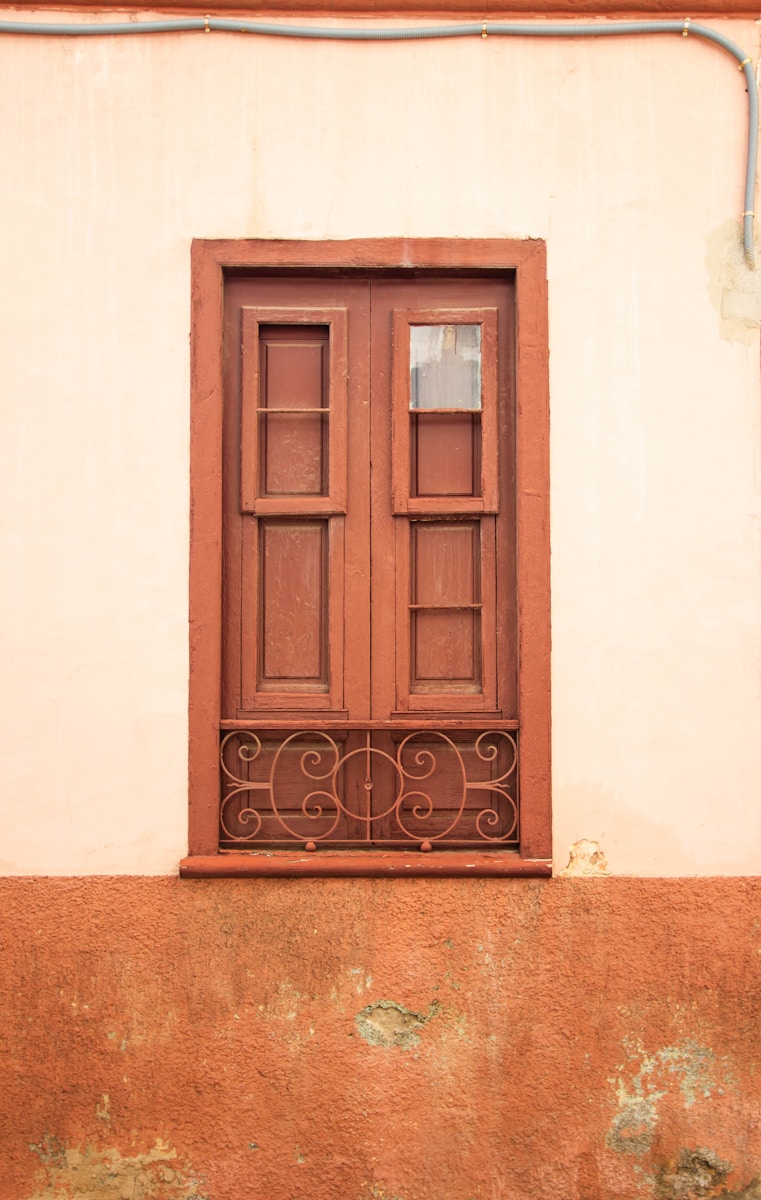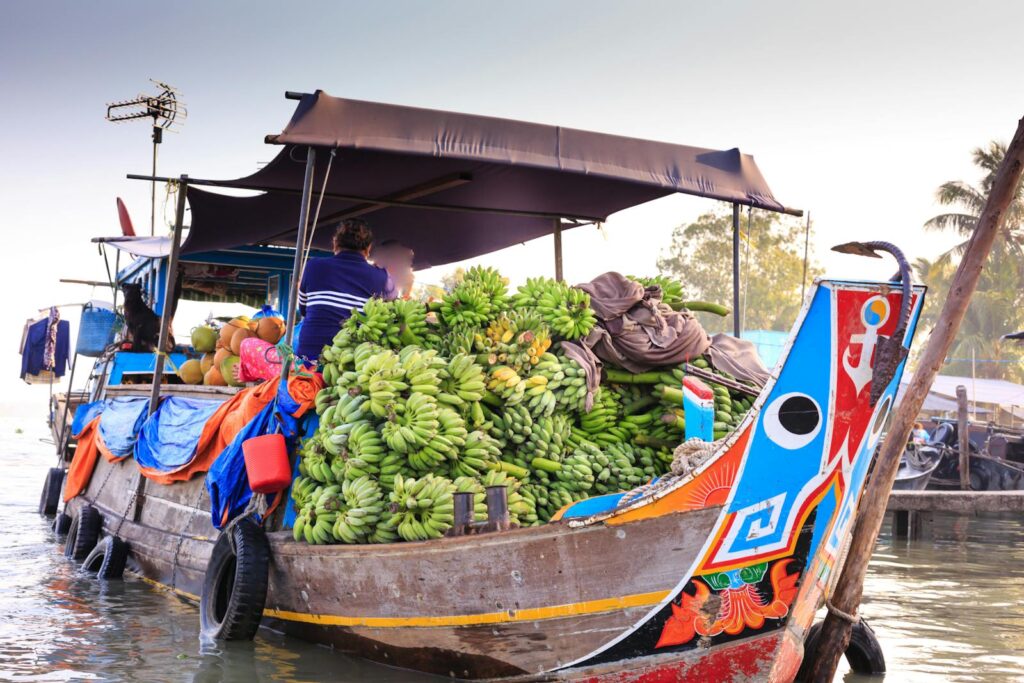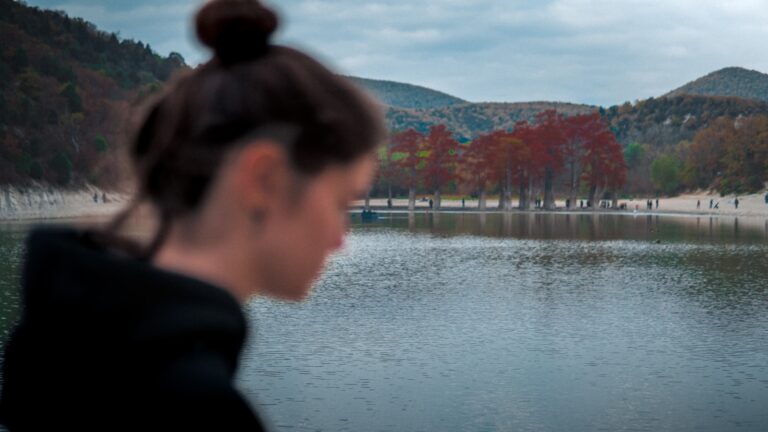The Last Kilns of Vinh Long: One Man’s Fight to Keep a Fire Burning

The Mekong murmurs, carrying secrets and silt as it has for centuries. Along its banks, clay lies waiting—a humble gift from the river that, in the right hands, becomes something magical.
In this serene corner of Vietnam’s Mekong Delta, you can still hear the whisper of a craft older than memory. It lingers in the soft scrape of a carving tool, the rhythmic thud of clay on wood, and the low crackle of fires that once roared inside great brick kilns. But those sounds are fading.
Not for Nguyen Van Buoi.
Inside his modest workshop, a man in his sixties bends over a potter’s wheel. His hands are steady, moving with the confidence of someone who has spent a lifetime shaping earth and water into art. The clay spins under his fingers, slick and cool, giving way to his touch as if it knows him.
“This,” Buoi says, looking up with a smile that creases his weathered face, “is not just pottery. It’s memory.”
His voice is quiet, yet it carries something stronger than words—a sense of devotion, of stubborn pride. For Buoi, pottery is not a business. It is blood, heritage, the story of his family written in shades of red and brown.
When the Kingdom Was Alive
Years ago, Mang Thit,the district where Buoi was born, was called the Red Pottery Kingdom. Back then, thousands of towering brick kilns lined the canals, their chimneys breathing clouds of orange smoke into the sky. Men ferried clay from the rivers. Women painted designs that told stories of flowers, dragons, and prosperity. The river carried finished pots down to distant markets.
Buoi remembers those days vividly. He was a boy then, running barefoot through the warm dust, his father’s voice echoing across the yard: “Steady, son. Clay listens. Treat it with care.”
But the world changed. Plastic came, shiny and cheap. Modern tiles replaced terracotta. Tunnel kilns, fast and efficient, appeared in the factories. And just like that, the roar of fire died into silence.
“Back then,” Buoi says with a sigh, “you couldn’t walk ten steps without seeing a kiln. Now… maybe ten percent remain.”
He gestures toward the horizon, where a few lonely chimneys pierce the sky like broken teeth.
A Dream Against the Odds
For most people, that might have been the end of the story. But Buoi isn’t most people.
“I told myself,” he says firmly, “if everyone gives up, this art dies. I can’t let that happen.”
So he began with what he had: his own hands, his old house, and a vision. He restored his family’s workshop, filling it with relics of the past—antique wheels worn smooth, wooden molds carved decades ago, rusty tools that once rang against clay. His home became more than a house. It became a living museum.
But Buoi wanted more. He imagined travelers walking among gardens dotted with terracotta sculptures, touching the cool curves of vases still smelling faintly of smoke. He pictured families learning to throw their first pot, feeling the thrill of creation in their fingertips. He saw young children listening to stories of the Mekong, understanding that every piece of clay carries the river’s soul.
And so, with quiet determination, he began turning that dream into reality.
A House of Clay and Memories
Step into Buoi’s pottery house in Ward 5, and the first thing you notice is the color—deep, rich red, the color of heart and earth. The air smells faintly of clay and smoke, warm and grounding, like the scent of rain on dry soil. Antique jars stand in rows like sentinels, each etched with patterns that ripple like water.
In one corner, an old brick kiln looms, its mouth blackened by decades of fire. “This was my father’s,” Buoi says, resting a hand on the soot-dark wall. His voice softens, as though speaking to an old friend. “When I was little, I’d sit here and watch the flames dance. It felt alive.”
Visitors wander through, their fingers brushing across cool terracotta, pausing to read stories written not in words but in shape and texture. There are slender-necked vases painted with lotus blooms, thick jars used for fermenting fish sauce, even bricks—simple yet perfect, glowing like embers.
Outside, the garden breathes with artistry. Clay statues peek through the greenery: a laughing Buddha, a pair of cranes frozen mid-flight, a lotus basin shimmering under sunlight.
“This is what I want people to see,” Buoi says, his eyes shining. “Not just pottery—but life, beauty, connection.”
The Cost of Keeping a Dream Alive
Keeping that beauty alive comes at a price. Buoi has poured billions of dong into two tourist spaces, each designed to weave culture into experience. “Five billion, maybe ten,” he says with a shrug, as though speaking of someone else’s fortune. “But what else can I do? You can’t put a price on heritage.”
He knows he’ll never rival the big exporters, those who ship tiles and pots worth billions each year. His profits are modest, almost symbolic. “People think I’m crazy,” he says with a laugh. “Maybe I am.”
But he doesn’t sound regretful.
For him, success is not measured in money. It’s measured in footsteps—the sound of visitors walking through his pottery house, their voices rising in wonder. It’s in the light that sparks in a child’s eyes when they mold their first little bowl, the clay squishing warm between their fingers.
“Clay remembers,” he tells his apprentices. “Every touch, every thought—you leave it there. That’s why it’s alive.”
Voices of a Vanishing Craft
Mang Thit still whispers its secrets if you know where to listen. Along the canals, a few brick kilns remain, their chimneys leaning like tired giants. Inside, the air is thick and hot, scented with rice husks burning slow and steady.
This is how Vinh Long pottery gets its soul. The husks crackle beneath the flames, the clay hardens slowly, absorbing heat like a living thing. It can take weeks—sometimes months—for a single piece to emerge.
Today, machines can do it in four hours. They’re fast, efficient… soulless.
“Machines make products,” Buoi says simply, “but we make art.”
The artisans of this region still cling to that belief. Their hands move with a rhythm that no machine can mimic, shaping pots that glow with imperfections—the kind that make them human.
The Color of Love
The soil here is a gift, a miracle of silt and time. It runs in colors you wouldn’t believe until you see them—black and white, deep brown, soft rose, blazing red. Red like fire. Red like love.
“When I hold this clay,” Buoi says quietly, crumbling a lump between his fingers, “I feel my father’s hands. My grandfather’s. It connects me to everyone who came before.”
And maybe that’s why he fights so hard. Because this isn’t just clay. It’s lineage.
A Road of Terracotta Dreams
Buoi’s dream is no longer his alone. Just across the city, a bold new project is rising: the Terracotta Road.
Stretching for 500 meters under the Mekong sun, it winds like a story through gardens and open spaces. Here, 2,500 pieces of pottery—some towering like trees, others delicate as teacups—stand in silent splendor. There are vases etched with curling dragons, low tables glowing like autumn leaves, and tiny stools you long to run your fingers across.
At its heart is a kiln—massive, ancient, its bricks scorched by time—and a southern-style pottery house, built as a tribute to Buoi’s own home. Step inside, and you step back decades.
“This is more than an attraction,” says Mme Nguyen Thi Quyen Thanh, Deputy Chairwoman of the Provincial People’s Committee. “It’s a promise—that we will not let this craft die.”
Once, in the 1980s, Vinh Long was alive with more than 3,000 kilns. Today, barely 200 survive. To save them, the province has launched the Contemporary Heritage of Mang Thit project—preserving 653 traditional kilns and urging hundreds of families to keep their fires burning.
“Will it work?” someone asks Buoi.
He smiles, a slow, steady smile, and looks toward the river glimmering in the afternoon sun. “If we love something enough,” he says softly, “it will live.”
A Future Written in Clay
As evening falls, the workshop glows in the amber light of lanterns. A group of young apprentices huddle around Buoi, watching as he shapes a bowl, his fingers sure and graceful. The air hums with quiet energy, with hope.
“Here,” he says, pressing the damp clay into a student’s hands. “Feel it. Let it speak.”
And for a moment, it’s as if time itself pauses—the old and the new holding hands in the fading light, the river whispering its eternal song.
Because some fires are too bright to die.
By Ngoc Tran



